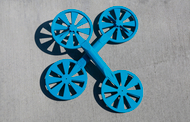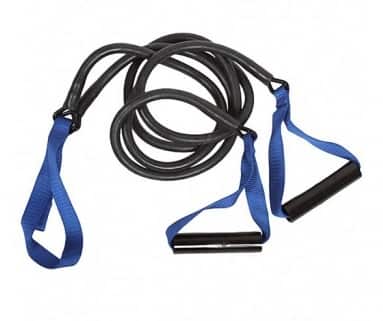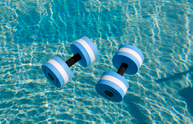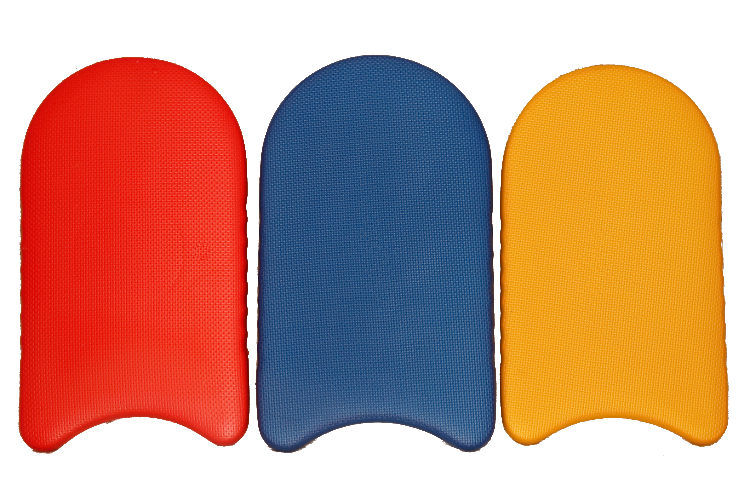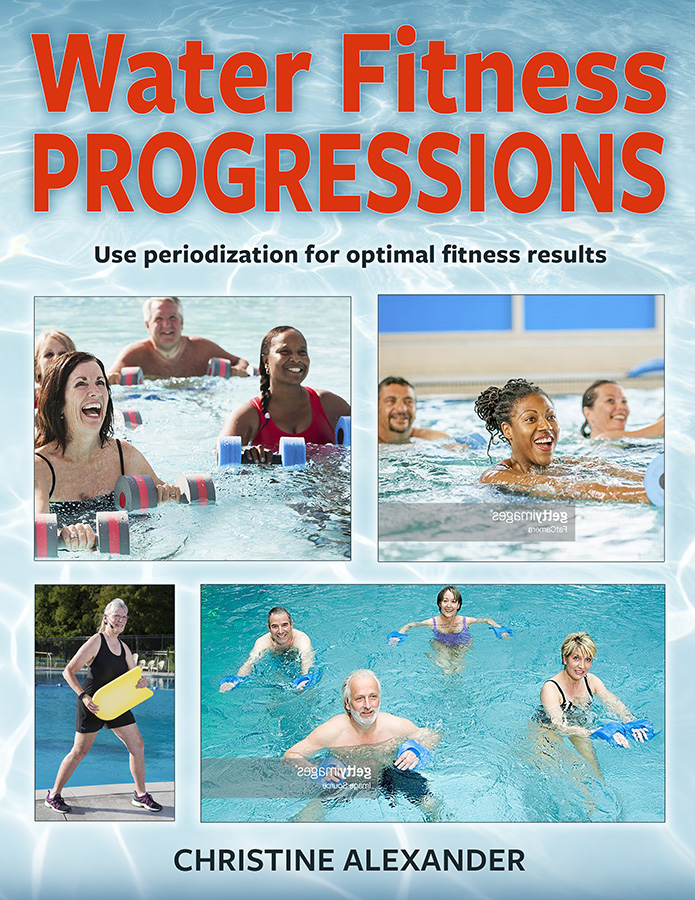
Water fitness instructors may spend a lot of time preparing for their class, coming up with a lesson plan, selecting music, showing up early, getting out the appropriate equipment, and being ready to greet their participants with a smile. It is rewarding when everything goes smoothly and you end the class with a feeling of accomplishment. Alas! Things don’t always go smoothly. Here are some common problems that might crop up and some possible solutions:
- Some participants don’t seem to be able to follow your cues. Allow your participants to perform each exercise at least eight times before moving on to the next exercise, at least the first time around. Some people will not be able to keep up if you pace the exercises too quickly. If that doesn’t solve the problem, try using a variety of cueing techniques. Cues can be visual or audible. Visual cues include physical demonstrations and hand signals. Audible cues include spoken instructions, hand claps, and whistles. Consider using a deck microphone if possible. Cues can also be physical, such as pointing to the muscle you want your participant to focus on, but never assist anyone to perform an exercise by touching them without permission.
- A participant does not follow your directions. It is not uncommon to have a participant who does not put much effort into the workout, or who always seems to be doing an exercise different from the one you are cueing. She may have some kind of physical issue that she has not told you about, such as arthritis or an injury. Give her the benefit of the doubt and assume she is doing the best she can.
- A participant asks you a medical question. Always know your limitations. Do not give medical advice. Refer your participant back to his own doctor.
- Some participants spend more time talking with each other than exercising. This might be a good time to teach in the pool. Circulate among your participants and give them some individual encouragement, especially the talkers. This may be all that is needed to get them involved in the class. Sometimes, however, participants come to a class for the social aspects. If this is their objective, then you need to have patience with them. You might try encouraging them to socialize during the warm up and the cool down, but ask them to focus on the workout during the main set.
- A participant shows up to class who is afraid of water. Suggest that the participant work close to the pool wall in the shallowest part of the pool. You can give her a pool noodle to hold onto for stability. Tell her that she does not need to travel until she feels comfortable doing so. Do not allow her to turn her back to the wall and hang by her arms with her elbows on the deck, because this has the potential of injuring the shoulder joint. After a few classes the participant may become more comfortable in the water.
- Some participants are afraid to lift their feet off the floor during suspended moves. In that case, let them perform the exercises standing upright or offer them options in the neutral position, with their hips and knees flexed. When they are comfortable in the neutral position, encourage them to lower their shoulders below the surface of the water, which allows them to experience their center of buoyancy in the lungs, as opposed to their center of gravity in the hips. Teach them to scull, which helps provide lift during suspended moves. Later you can ask them to pick their feet off the floor for only a brief moment, perhaps with a jacks tuck or a tuck ski. Finally, cue them to hold the tuck for a longer period of time. They have become suspended!
- Your participants fill up the space in the pool and their is not enough room for traveling. This problem has more solutions than you might imagine:
- Quarter turns: Perform an exercise 4 times and turn to the left side of the pool, perform the exercise 4 times and turn to the back of the pool, perform the exercise 4 times and turn to the right side of the pool, then perform the exercise 4 times and turn back to the front.
- Half turns and full turns. Perform an exercise 4-8 times then turn toward the back of the pool, perform it 4-8 times again and turn back to the front. Full turns require a quick spin that can be both challenging and fun.
- Perform an exercise 4 times while traveling backward and 4 times while traveling forward, continuing to travel back and forth. The quick change of direction challenges core strength and balance.
- Divide the participants into two groups facing each other on opposite sides of the pool. Have them travel forward to the opposite side of the pool to change places, and backward to return to their original location.
- Have the participants stand in a big circle. They can travel a few steps toward the center of the circle and a few steps back, or a few steps sideways to the right or to the left. They can also travel around the circle clockwise or counterclockwise, but avoid traveling this way too far because a current quickly forms that can sweep some participants off their feet.
- Avoid creating a current by dividing the participants into two concentric circles. The inner circle might travel clockwise, and the outer circle counterclockwise. This creates a lot of turbulence that increases the intensity.
- If you have something similar to four lap lanes, divide the class into two groups. One group travels down the first lap lane and up the second lap lane, and the other group travels down the third lap lane and up the fourth lap lane. The effect will be travel in two oval patterns side by side.
- Have participants travel in a scatter pattern, over all parts of the pool area.
If you have other solutions to problems that may have cropped up for you, send me a comment through my website at https://waterfitnesslessons.com/contact.html
See you in the pool!





